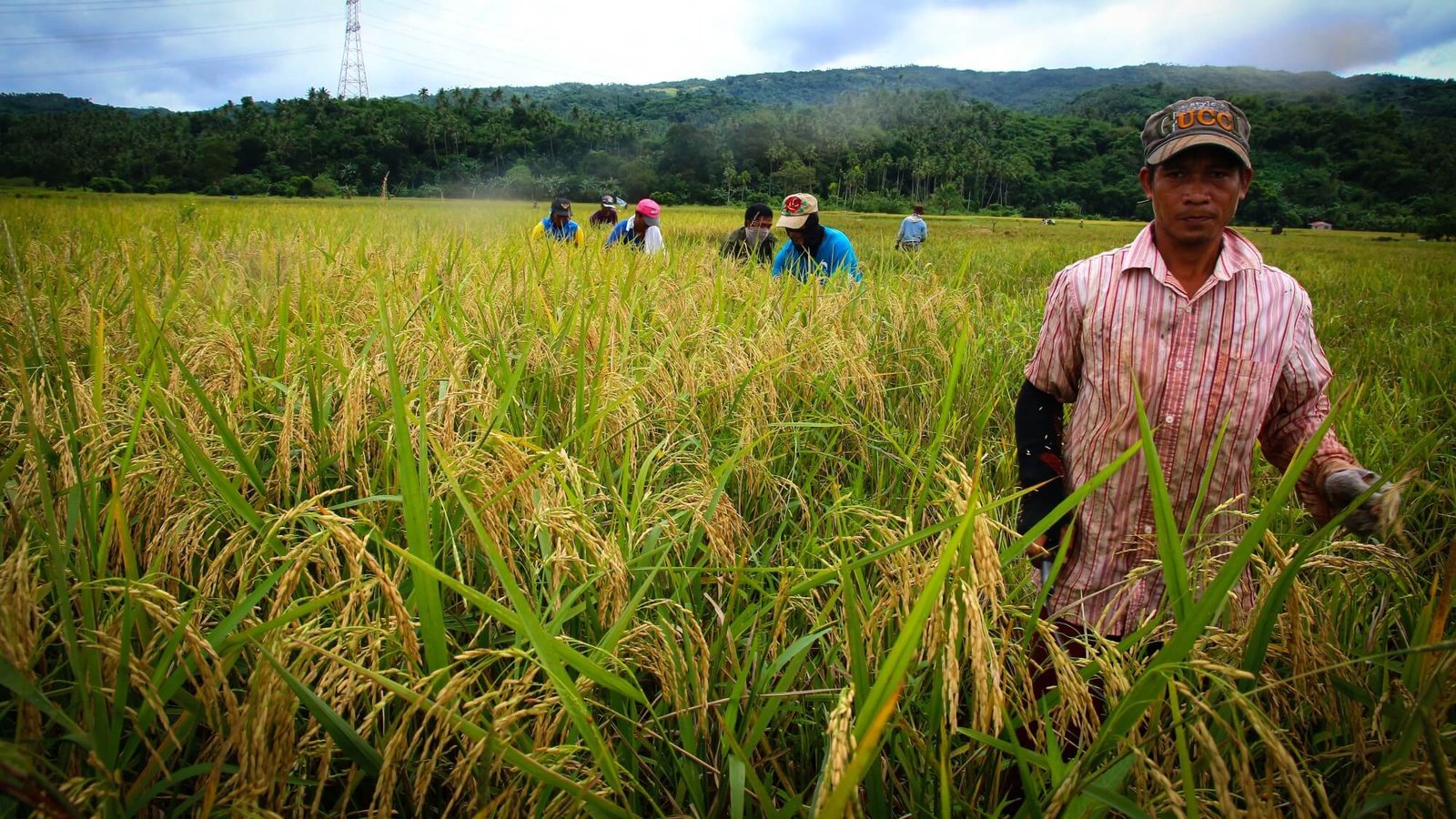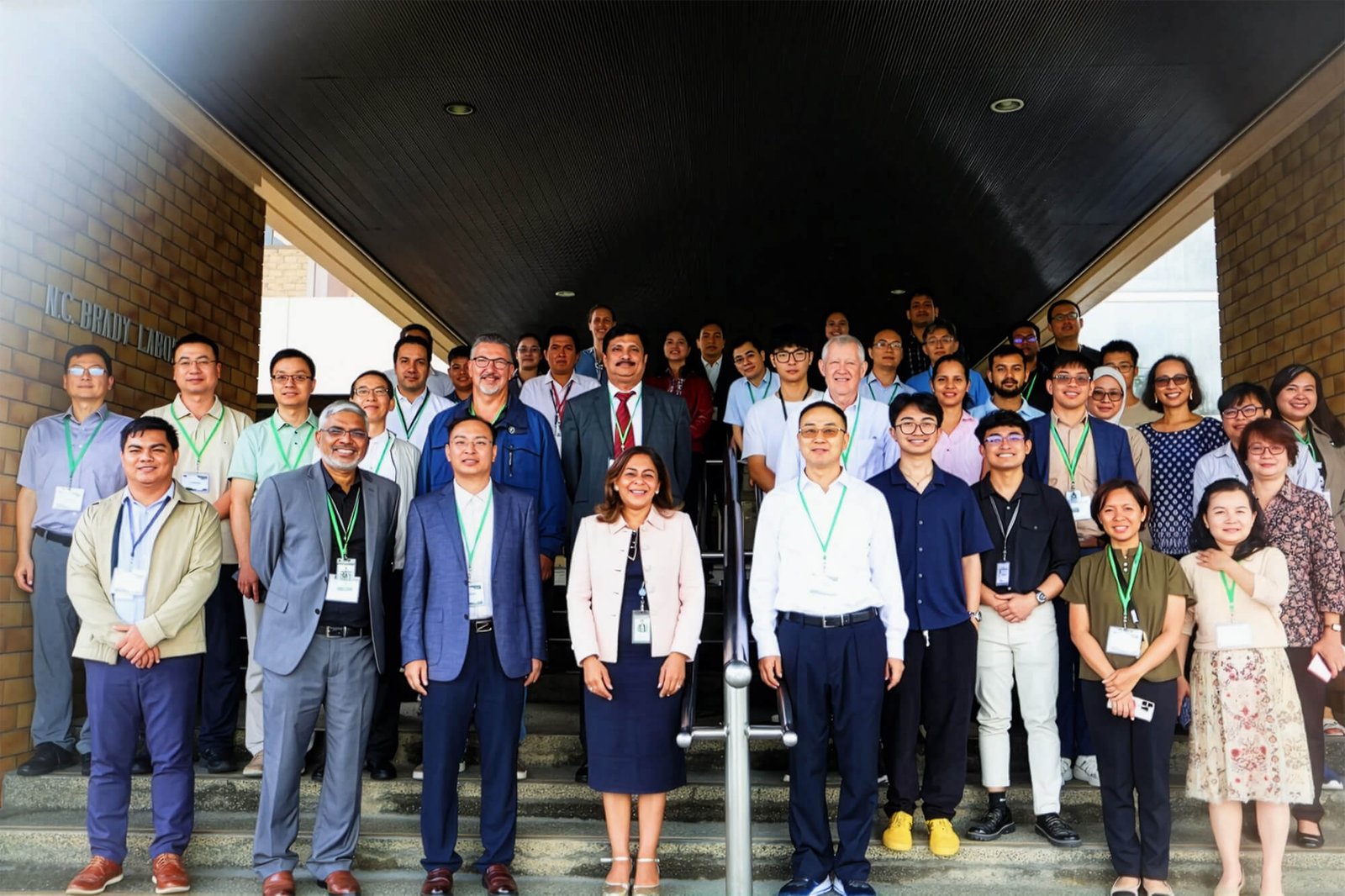Tags
Tech to transform rice farming
NEWSPAPER SECTION: Business WRITER: Suchit Leesa-nguansuk

Thailand’s rice industry is undergoing a transformation as the National Electronics and Computer Technology Center (Nectec) applies artificial intelligence (AI) and computer vision technology to reduce risks from unpredictable environments, allowing for a precision farming approach.
Digital technologies such as the Internet of Things (IoT), big data and AI are helping to promote precision farming, enhancing efficiency through automation and reducing risks from unpredictable environments, said Teera Phatrapornnant, a senior researcher at Nectec.
Nectec harnesses advanced computer vision technology to automate and accelerate the process of rice variety improvement, he said.
One of the technologies is the 3D morphological rice traits analyser to study plant responses to environment. The analyser performs a wide range of precise measurements, some of which are difficult to manually quantify.
By automating the acquisition of the comprehensive data through 3D reconstruction and machine learning, the technology can significantly improve the efficiency and accuracy of agricultural research, particularly concerning the genetic improvement of rice in response to environmental factors.
Mr Teera said Nectec focuses on tackling one of the perennial threats to rice cultivation: water scarcity.
Its new automated control systems integrate IoT sensors to manage water supply with surgical precision.
The IoT system monitors crucial parameters such as the water level in rice fields (including dry or submerged conditions), weather, and temperature.
If water levels drop, the system automatically pumps water into the field, ensuring optimal hydration without human intervention.
Open innovation
Mr Teera said Nectec offers a HandySense B-Farm Solution for supporting an alternate wetting and drying (AWD) technique in rice cultivation.
AWD is a water-saving technique in rice fields that controls the water level in the paddy to alternate between periods of flooding and periods of drying during appropriate times.
This helps to stimulate stronger root and rice plant growth. The system includes an air temperature and humidity sensor, rainfall sensor and ultrasonic sensor.
It lets farmers monitor field conditions and make informed decisions about irrigation timings.
By using real-time data, HandySense enables efficient water use, improves the crop yield, and supports sustainable agriculture, Mr Teera said.
To ensure rapid and broad deployment across the farming community, HandySense is designed on the concept of open innovation, no licence fee included, clear blueprints for both the software and the requisite hardware, making adoption straightforward for both commercial and small-scale farmers.
In a related matter, Kasetsart University’s Kamphaeng Saen campus in Nakhon Pathom and the National Center for Genetic Engineering and Biotechnology (Biotec) at the National Science and Technology Development Agency (NSTDA) recently held the second “NSTDA-KU Rice Field Day 2025” fair.
One highlight was the showcase of high-yield rice varieties capable of producing 1.5-2 tonnes per rai.
Chaowaree Adthalungrong, executive director of Biotec, said the rice varieties are aimed at significantly boosting farmers’ income and national production.
A strategy to achieve this involves introducing new rice breeds with a shorter harvest cycle of 90-100 days.
“This accelerated maturity is key to mitigating risks from natural disasters and substantially lowering production costs, positioning Thailand’s agricultural sector for sustainable adaptation in the face of climate change through the deployment of science and technology,” said Ms Chaowaree.
https://www.bangkokpost.com/business/general/3140320/tech-to-transform-rice-farmingPublished Date: November 19, 2025






